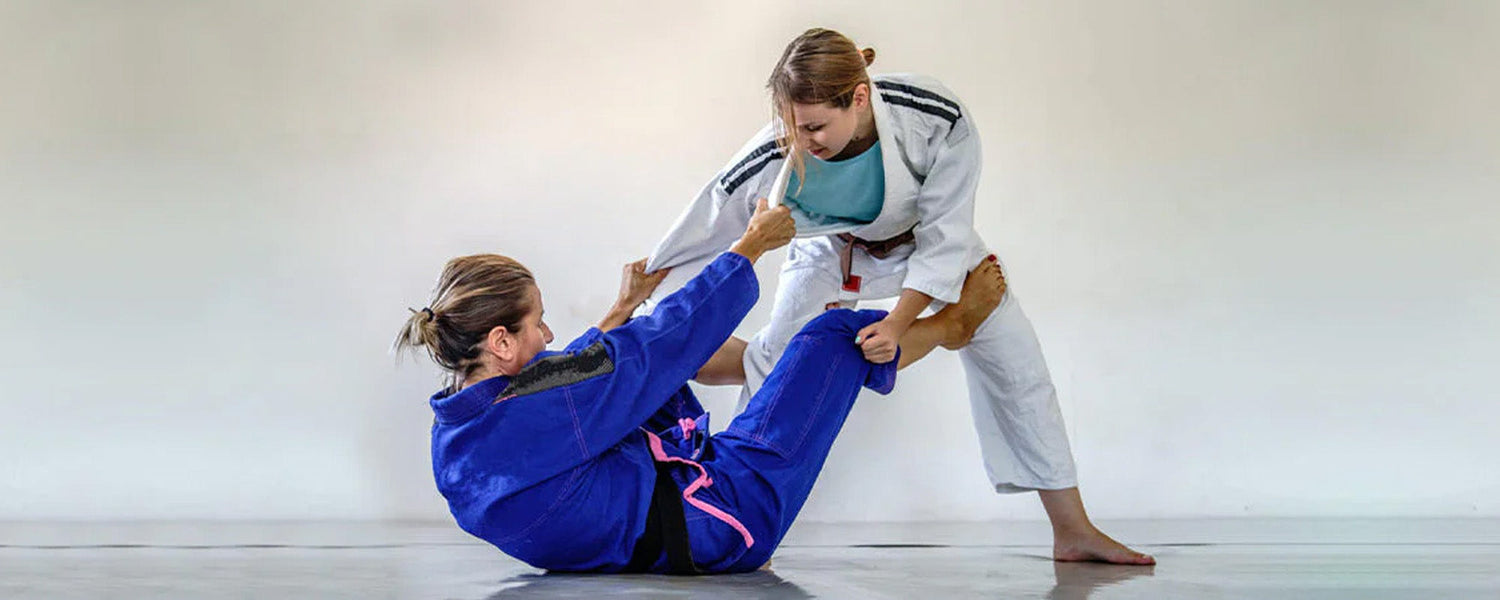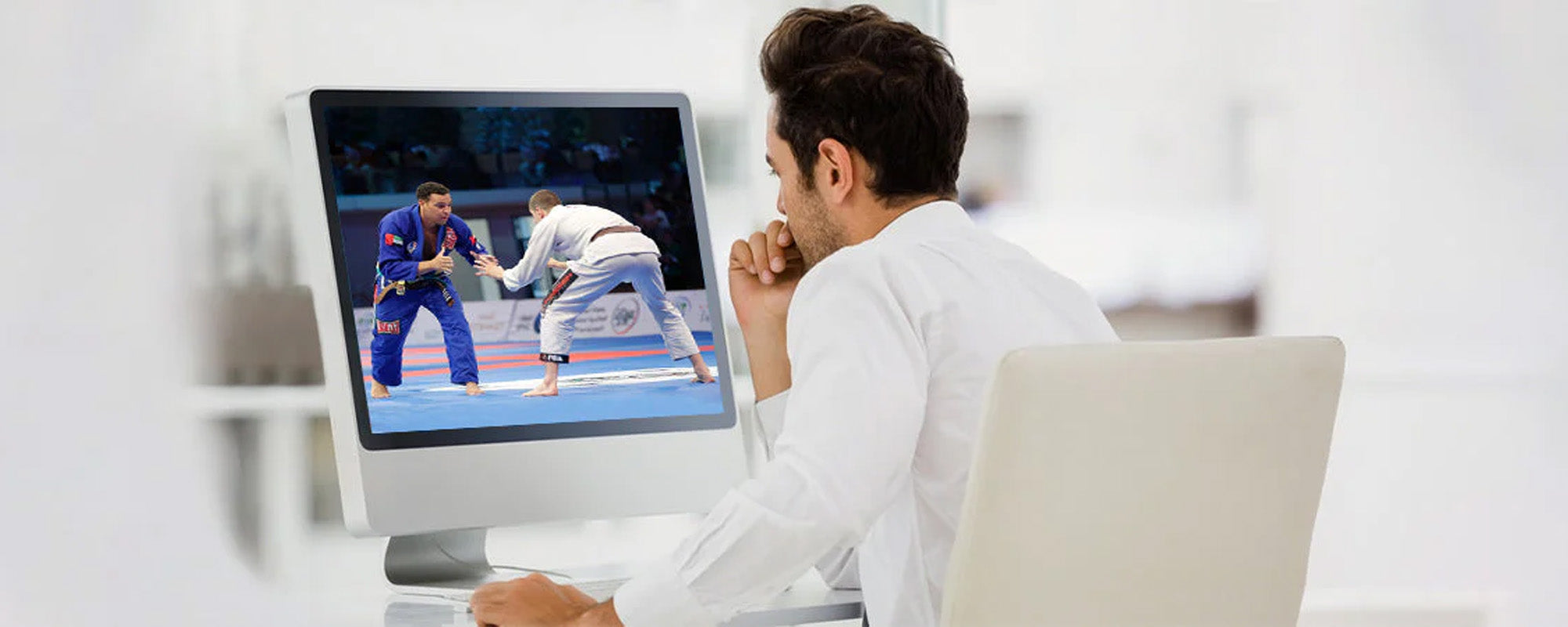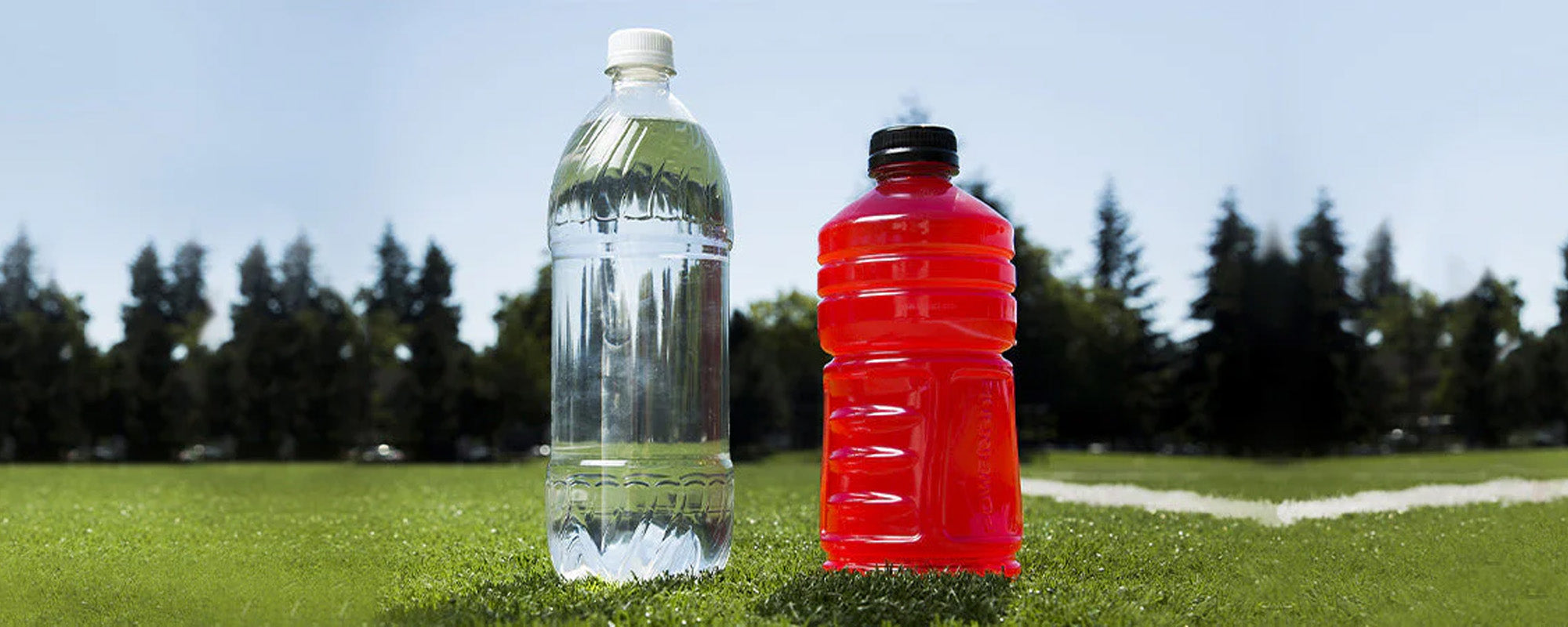Table of content

Introduction
Learning how to improve your BJJ game can be challenging. You need to spend hours and hours perfecting moves before seeing positive changes in your game application.
But the question is, what should you do to achieve this goal? Possible ways are to engage in off-mat activities and persistent on-mat drilling and rolling, such as core strengthening exercises, stretching workouts, breathing exercises, and more, to understand BJJ better. So, here are 13 unusual ways to improve your BJJ game.
1. Ways to Improve Your BJJ Game
If you're looking to improve your Brazilian Jiu-Jitsu game, there are various methods you can try. Many unorthodox methods may surprise you and help improve your technique faster than you think.
1.1. Try Standing Grappling Drills
Standing grappling drills focus on the basics of grappling, from takedowns to ground positions. They will help you improve your balance, coordination, and takedown technique.
1.2. Improve Your Stamina
Stamina is vital in a martial art like BJJ, which involves a lot of back-and-forth training techniques when fighting on the ground. You'll last longer in a match by improving your stamina and can eat under more pressure without being gassed out.
1.3. Get Creative with Your Techniques
Many people repeatedly practice the same techniques in BJJ training, but there are better ways to go about training. Try mixing things up and trying new moves to see what works best for you. This way, you won't get repetitive with your training.
1.4. Use Different Angles
Learn how to apply submissions from different angles and positions. New ways to execute submissions open up when you look from different angles and make your approach innovative and dynamic.
1.5. Train with Heavier Weights
Lifting gradually heavier weights will help build muscle mass, strengthen your body, and improve stamina.
1.6. Breathing Techniques
Aside from keeping up alive, breathing can help with grappling. Learning effective breathing techniques will help improve your BJJ game. Here are five BJJ breathing exercises:
Bear Hug Breath
This basic breathing technique helps increase the amount of oxygen in your bloodstream. Hold your breath and then exhale all the air from your lungs. Repeat as many times as necessary.
Half Cobra Breath
The half cobra breath can help increase oxygen levels in the bloodstream. Take a deep breath and hold it for a second before exhaling slowly until all the air has left your lungs. Repeat as many times as necessary.
Relaxation Breath
When stressed or anxious, your body releases stress hormones that interfere with breathing. Try relaxing your entire body before taking a breath to counteract this effect. Once you've taken a breath, try to let go of any negative thoughts or feelings that may distract you.
Quadruple Hamstring Curl Breathing Exercise
The quadruple hamstring curls breathing exercise targets four key muscles in the hips: the glutes, hamstrings, lower back extensors (lumbar spine), and quadriceps (front thigh muscles). To do this exercise, you must do the following:
- Lie on your back with your knees bent and your feet flat on the floor.
- Place your hands behind your head and keep your chin toward your chest.
- Use your hamstrings to curl your hips up off the floor and towards your chest, keeping your back flat on the ground.
- As you curl up, exhale deeply through pursed lips.
- Reverse the motion, slowly lowering yourself back to the starting position and inhale through your nose.
- Repeat 10-12 times.
1.7. Muscle Memory
Muscle memory uses mnemonic techniques to help you remember techniques. For example, the "diamond" defence against an Omoplata can be remembered as: "dig your heels in and push off the mat, then sweep his/her legs out from under him/her."
Another technique is to use visual imagery in your head to help you recall moves. For example, imagine yourself taking down your opponent using the arm-drag takedown. Finally, practice regularly and mix up your game by trying new techniques and strategies.
1.8. Joint Mobility Exercises
Incorporating joint mobility exercises into your routine can help you tighten your muscles and increase flexibility. Here are the four most effective joint mobility exercises in BJJ:
Hamstring Curl
Lie on your back with both legs bent and curl upward as high as possible. Hold for two seconds, then release. Repeat each leg 10 times.
Wall Sit
The wall sit will improve hamstring flexibility and strength. Sit against a wall with your feet flat on the ground, then lean forward until you feel a stretch in the hamstring muscles below your buttocks. Hold for two seconds, then release and repeat 10 times per leg.
Glute Bridge
To do a glute bridge, lie on your back with your feet flat and lift your hips off the ground, straightening your legs upward. Hold for two seconds, lower back to the ground, and repeat 10 times per leg.
Swiss Ball Hamstring Curl
The swiss ball hamstring curl exerts pressure on knee extensions and make them stronger. Place a Swiss ball at your feet before lying down on your back.
1.9. Get Plenty of Sleep
When well-rested, you are more focused and responsive, free of exhaustion, and have better overall health.
A full night of sleep can improve your ability to learn BJJ skills faster. You will make better decisions, stay more alert, and be at full strength. Here are tips to ensure you get a full night’s sleep:
- Set a reasonable bedtime and stick to it. This will help your body become accustomed to a natural sleep schedule. Even if you have difficulty falling asleep, try to go to bed simultaneously each night and avoid watching television or using electronics in bed.
- Avoid consuming caffeine after dinner. Caffeine can disrupt your body's natural sleep cycle by delaying the onset of drowsiness. Instead of drinking coffee or tea after dinner, drink water or herbal tea.
- Create a relaxing environment to sleep in. Make sure all the lights are turned off before bed, rest your head on a comfy pillow, use blackout curtains if you can, and drown out noise during the night.
1.10. Stretching
Stretches can help improve flexibility which could improve your jiu-jitsu game. The following are ways you can stretch your muscles:
Horse Riding Stretches
Horse riding stretches can help you work your thighs, calves, and hamstrings. Position your feet as if in the saddle's stirrups, sit up straight, and lean forward until you feel a stretch in your legs. This stretch can also be performed on an exercise ball.
Plantar Fasciitis Stretches
Stand with your feet together, toes pointing forward, and press down into the balls of both feet until you feel a deep stretch in the calf muscles. Hold for 30 seconds, then switch sides. This is a helpful way to stretch if you suffer from plantar fasciitis.
Yoga Poses
Many yoga poses are good stretches since they target specific muscle groups, improving flexibility and balance. Try some of these poses to improve your jiu-jitsu game:
- Child's pose (parsvottanasana)
- Cat-cow pose (tamasana)
- Pigeon pose (kapotasana)
- Triangle pose ( Triangle Pose)
- Downward dog (yogasanas)
- Warrior 2 pose (virabhadrasana II)
1.11. Training with Partners of Different Sizes & Skills
Brazilian Jiu-Jitsu allows you to train and fight with fighters of different sizes and skills. This will help you learn new techniques, improve your skills, and expose you to different fighting styles.
Moreover, don't be afraid to ask for help. If you need help learning a technique, ask your partner for help, as they can offer you valuable insight.
1.12. Adopt Unconventional Training Methods
In recent years, athletes have been using unconventional training methods to improve their performance in BJJ. Some of these methods include
Training in Multiple Disciplines
This method involves cross-training and learning different sports or martial arts. For example, a Brazilian Jiu-Jitsu (BJJ) fighter may train in boxing or Muay Thai to improve their stand-up game.
Unusual Training Hours
Many athletes train at odd hours or night to fit time for training around work or school schedules. For example, a BJJ fighter may train at 3 am before going to their day job.
Focusing on Specific Skills
Some athletes will focus on improving one skill set they are currently weak at. The skill could be any BJJ-related technique you want to learn or practice.
Engage in Other Physical Activities
You can engage in physical activities not directly related to BJJ but could help develop the skills necessary to succeed in BJJ. Examples of physical activities include:
- Juggling
- Skipping
- Surfing
- Free diving
- Swimming
- Dancing
- Trampolining
1.13. Do Not Forget Your Basic Needs
While you come up with unusual ways to improve your BJJ game, make sure to remember your basic needs. The basic needs you need to keep in mind include the following:
- Eat healthy foods
- Drink plenty of water
- Take a cold shower before training
- Wear proper BJJ gear such as BJJ Gi, rash guard, and BJJ belt
- Use a sauna or steam room after training
- Stay positive and have fun
2. FAQs
2.1. Does BJJ Make You Fit?
Doing BJJ exercises can be a great workout. Therefore, it is a good way to become fit. BJJ is a full-body workout that engages all your muscles, perfect for those looking to lose fat, stay in shape, improve cardiovascular health, or lose weight.
2.2. How Often Should You Do BJJ Training?
How often you engage in BJJ training will depend on several factors, including your goals, schedule, and available resources. However, as a general rule of thumb, most people will benefit from training at least 2-3 times per week.
Training more often can be beneficial but may require more work to follow consistently. If you can only train once or twice per week, that's perfectly fine – just make sure you're putting in the effort when you train.
2.3. What's the Hardest Part When You Start Learning Jiu-Jitsu?
The hardest part when you start learning jiu-jitsu is getting into the right mentality. It's easy to get discouraged when you're thrown around and beaten by more experienced BJJ fighters. You must keep pushing yourself to improve and reassure yourself that you will improve with time and practice.
Also, Jiu-Jitsu is a physically demanding grappling sport that requires you to be in good shape. You'll probably be sore after every training session, even with impressive stamina and strength. BJJ takes a lot of dedication and self-discipline, especially if you're still getting used to intense exertion and pain. So, keep trying and keep learning!













Leave a comment
This site is protected by hCaptcha and the hCaptcha Privacy Policy and Terms of Service apply.